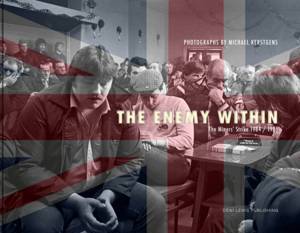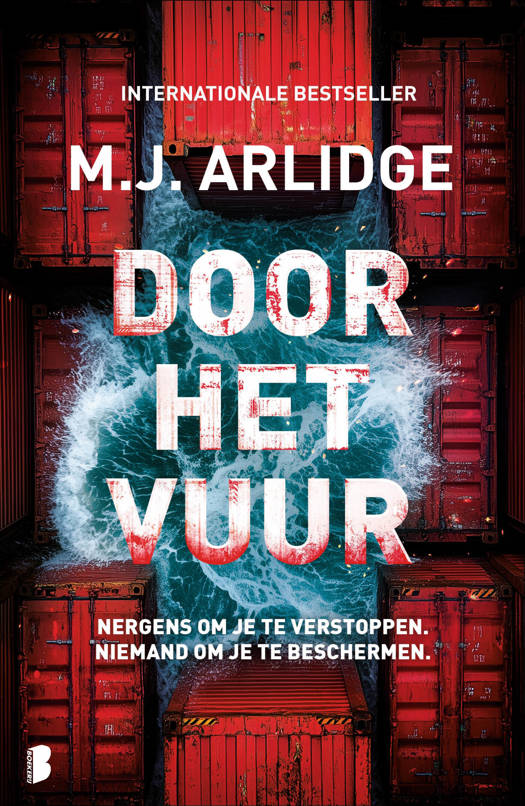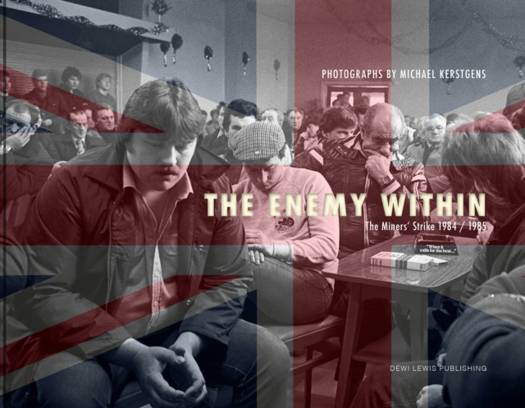
- Afhalen na 1 uur in een winkel met voorraad
- Gratis thuislevering in België vanaf € 30
- Ruim aanbod met 7 miljoen producten
- Afhalen na 1 uur in een winkel met voorraad
- Gratis thuislevering in België vanaf € 30
- Ruim aanbod met 7 miljoen producten
Zoeken
€ 51,95
+ 103 punten
Omschrijving
On March 6th 1984 miners at Cortonwood Colliery in Yorkshire went on strike. Six days later, on March 12th, NUM President, Arthur Scargill, made the strike official across Britain. And so began the UK's biggest strike since the General Strike of 1928. It ran for almost a year until March 1985 - a year of bitter conflict between the miners and Margaret Thatcher and her government and marked the end of the mining era in Britain. 24 year-old Michael Kerstgens was studying photography in Germany at the time. But he had strong links with South Wales having been born in Llanelli and spending his early years there. His father had also spent twelve years working in South Wales for an engineering company involved with the mining industry. As a sixteen year old Gerstgens took a summer job at the company's Swansea office. He also experienced the underground life of the miners at Cynheidre Colliery. It's not surprising therefore that once Kerstgens heard about the strike he went to South Wales to find out what was going on and to start what would be his first major photography project. Kertsgens' friends and contacts enabled him access to much that was closed off to the press and when he later moved on to Yorkshire he lived with the family of a striking miner whose wife, Marsha Marshall, was one of the leading lights of Woman Against Pit Closures (WAPC). He even met Arthur Scargill. The resultant photographs offer a powerful insight into what was a brutal strike that tore a rift through British society, entire mining communities, and even individual families.
Specificaties
Betrokkenen
- Auteur(s):
- Uitgeverij:
Inhoud
- Aantal bladzijden:
- 152
- Taal:
- Engels
Eigenschappen
- Productcode (EAN):
- 9781916915039
- Verschijningsdatum:
- 1/03/2024
- Uitvoering:
- Hardcover
- Formaat:
- Genaaid
- Afmetingen:
- 216 mm x 274 mm
- Gewicht:
- 793 g

Alleen bij Standaard Boekhandel
+ 103 punten op je klantenkaart van Standaard Boekhandel
Beoordelingen
We publiceren alleen reviews die voldoen aan de voorwaarden voor reviews. Bekijk onze voorwaarden voor reviews.











